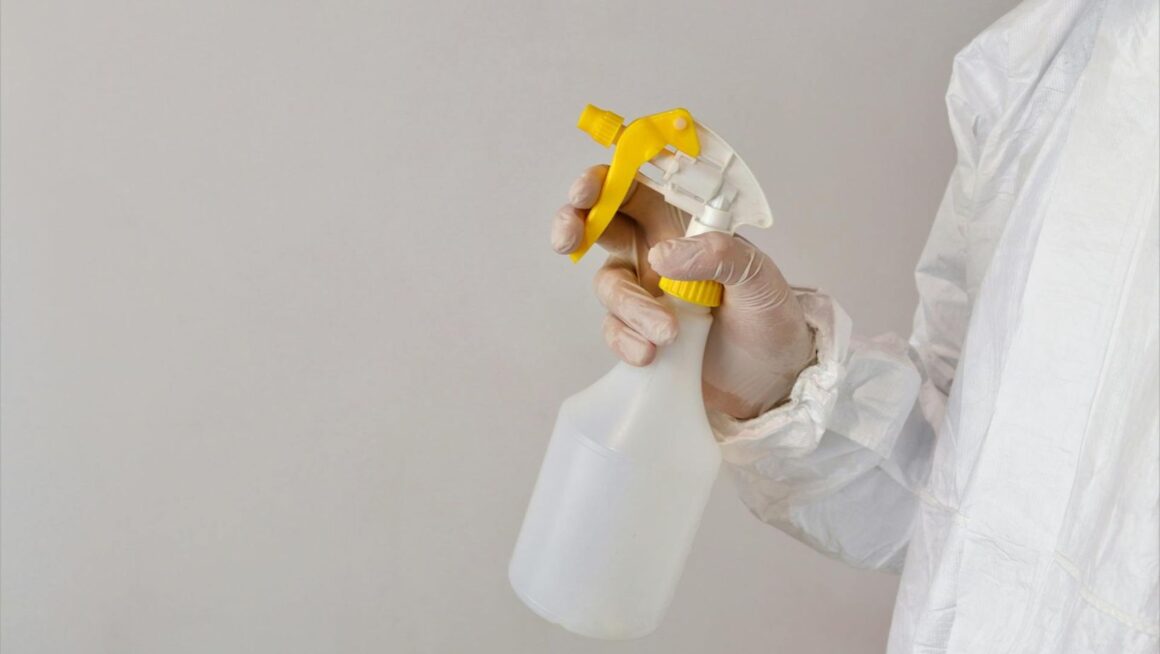In our world today, cleanliness has transcended simple tidiness and has become a cornerstone of health and safety in various environments. From bustling kitchens to serene hospital rooms, maintaining high sanitation standards is vital. This guide explores the crucial role of cleanliness in diverse settings and offers innovative strategies for enhancing and maintaining high sanitation levels.
Understanding the Importance of Cleanliness
Cleanliness and sanitation are essential for creating a healthy living and working environment. Poor sanitation can lead to a host of health problems, from respiratory issues to gastrointestinal diseases. By adhering to high sanitation standards, we can prevent the spread of germs and infections, enhance the quality of our environment, and promote better health and safety.
Elevating Sanitation in Commercial Spaces
In commercial settings, achieving and maintaining high levels of cleanliness is a must. Businesses, especially those in the hospitality and medical sectors, rely on impeccable sanitation to protect their customers and staff. Employing professional hygiene services can ensure that these high standards are not only met but consistently exceeded. These services provide specialized cleaning protocols tailored to the specific needs of each space, using advanced cleaning technologies and products.
Regular Sanitation Audits
Regular audits are a powerful tool in maintaining cleanliness standards. These audits involve systematic checks to ensure that all areas of a facility are adhering to prescribed sanitation protocols. By identifying areas that need improvement, businesses can make immediate adjustments to enhance their cleaning practices.
The Role of Staff Training
Training staff in proper sanitation techniques is crucial. Employees should understand the importance of cleanliness and be proficient in the latest cleaning and hygiene practices. Ongoing training sessions can help instill a culture of cleanliness, ensuring that all team members are equipped to maintain high standards.
Advancements in Cleaning Technology
The development of new cleaning technologies has transformed the way we approach sanitation. Here’s a look at some cutting-edge tools and techniques:

- Electrostatic Sprayers: These devices charge disinfectants as they pass through the sprayer, allowing the disinfectant to coat surfaces evenly and comprehensively. This technology is particularly effective in large or hard-to-reach areas.
- UV-C Disinfection: UV-C light is used to kill germs on various surfaces without the need for chemicals. This method is commonly used in healthcare settings to enhance environmental cleanliness.
- Robotic Cleaners: Automated cleaning robots can consistently maintain cleanliness in large facilities, reducing human error and increasing efficiency.
Sustainable Cleaning Solutions
In recent years, sustainability has become a critical component of sanitation practices. Eco-friendly cleaning products and methods not only contribute to environmental conservation but also ensure the safety of the people using the spaces. Biodegradable cleaners, reduced water usage techniques, and recycling waste products are practices that businesses are increasingly adopting.
The Impact of Green Cleaning
Green cleaning involves using products and practices that are safe for the environment and human health. This approach can significantly reduce pollutants, conserve resources, and create a healthier environment for employees and customers alike.
Creating a Culture of Cleanliness
Adopting high sanitation standards is not just about implementing the right tools and techniques; it’s also about cultivating a culture that values and prioritizes cleanliness. Here’s how organizations can build this culture:

- Leadership Commitment: When leaders prioritize cleanliness, this attitude permeates the entire organization. Leadership should actively participate in sanitation initiatives and recognize staff for maintaining high cleanliness standards.
- Employee Involvement: Engaging employees in the development of cleaning protocols and rewarding compliance can enhance their commitment to maintaining cleanliness.
- Customer Feedback: Regularly soliciting and acting on customer feedback regarding cleanliness can help businesses adjust their practices to meet or exceed expectations.
Monitoring and Feedback: Keeping Standards High
To ensure that sanitation practices are continuously upheld, regular monitoring and feedback mechanisms should be in place. This includes routine inspections, customer and staff feedback, and the use of cleanliness metrics to track performance. Adjustments should be made based on this feedback to continually raise the sanitation bar.
Cleanliness as a Commitment
Raising the sanitation standard is a commitment that requires ongoing effort, innovation, and community involvement. By leveraging new technologies, prioritizing sustainable practices, and fostering a culture of cleanliness, businesses and individuals can ensure safer, healthier environments for everyone. The focus on cleanliness today will pave the way for a healthier tomorrow, demonstrating that a commitment to sanitation is indeed a commitment to our collective well-being.

